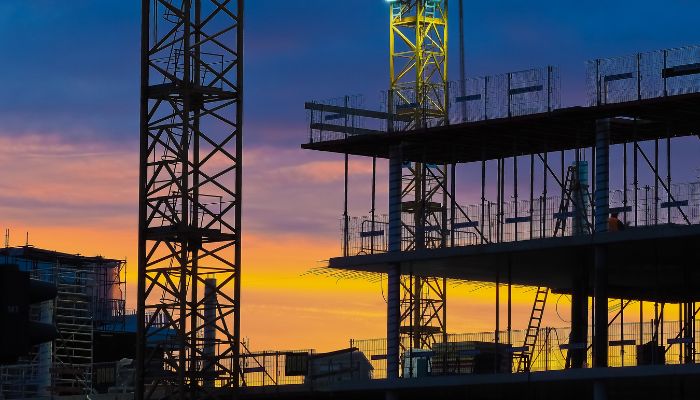
Residential building approvals continued to decline in October on a monthly and quarterly basis — these declines, however, have yet to reflect the impacts of the rate rises.
Figures from the Australian Bureau of Statistics the total number of dwellings approved declined 6% monthly and 9% quarterly in October, driven by the significant drop in the approvals for units at 11.3%.
On the other hand, approvals for houses declined by 2.2%.
The biggest declines in approvals were in New South Wales (18.8%), Queensland (18.7%), and Tasmania (10.5%) while South Australia reported the highest increase in approvals at 17.6%.
Housing Industry Association (HIA) economist Tom Devitt said the declines recorded in October have yet to factor in the adverse impact of rate rises that commenced in May 2022.
“Building approvals have been sustained in recent months by the record number of home sales prior to the first increase in the cash rate that still haven’t been approved, much less commenced construction,” he said.
“Sales in and financing of new homes have fallen significantly in recent months, but this is yet to flow through to the number of homes gaining council approval.”
Mr Devitt said the full impact of the rate rise likely to impact approvals in 2023, when the pool of earlier sales is exhausted.
A likely trend to strengthen is the preference for units.
While multi-unit approvals declined in October, they were still 13.9% higher than pre-pandemic levels.
“Affordability constraints in the detached market, combined with tight rental markets and returning overseas migrants, students and tourists, are set to support demand for more affordable, higher density living,” Mr Devitt said.
“This means the multi-units market is set to continue strengthening in the face of higher interest rates and a cooling detached market.”
—
Photo by 652234 from Pixabay.
